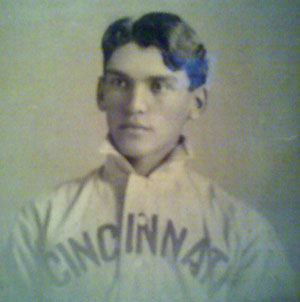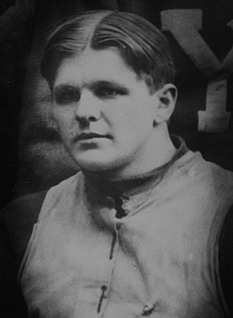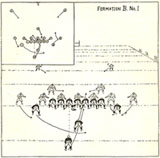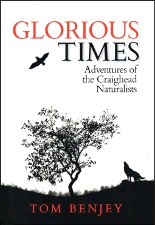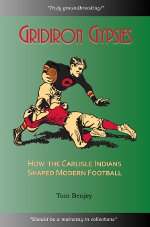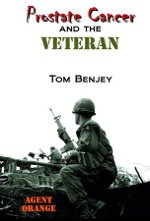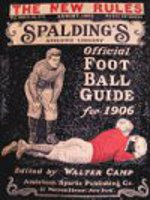Almost a year ago, I posted a message that asked if Frank Jude and Ed Rogers were brothers as the Carlisle Indian School newspaper, The Arrow, had stated. Now, I have the answer to that question thanks to Larry Rutenbeck. Larry posted a comment late last week that provides the necessary information. Larry wrote:
Mary Sahgoshkodaywayq Williams Racine had 12 children fathered by 3 different men, William Rogers (3), William Jude (2), and George Snetsinger (7). Ed Rogers was the oldest (born in 1876) and Louise Rogers was the third child (born in 1882). Frank Jude was the 4th child (born in 1885) and was the oldest of the two Jude children.
In addition to answering a very basic question, Larry’s comment causes several others to come to mind:
- Was Mary married to these men?
- Were her marriages simultaneous or sequential?
- Did they end in death or divorce or did they continue during a subsequent marriage?
Louise Rogers’ enrollment card implies that her father was still alive in 1897 when she enrolled because he is listed in her home address field.
That Frank Jude played on the 1904 team that his older half-brother coached may have raised some issues among the players. Was Frank getting opportunities that others were not getting due to this relationship? Was more expected from Frank by the coaching staff for this same reason?
Frank Jude’s abilities as a baseball player are well known due to his having played for the Cincinnati Reds in 1906. Less well known is that he scored the winning touchdown in the Indians’ great victory over Army in 1905. Larry’s assistance will make researching Frank Jude’s life easier. That is a benefit I receive from this blog.
